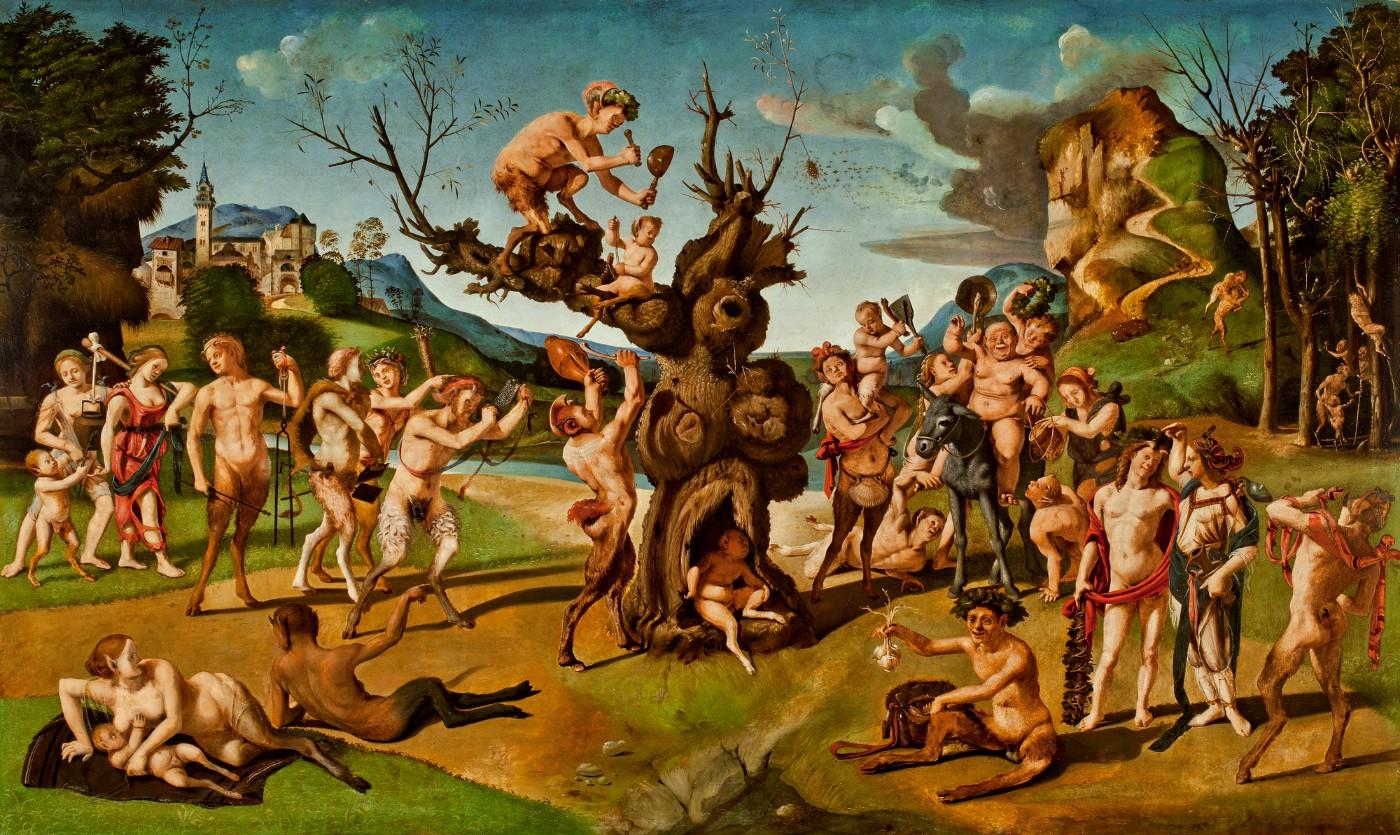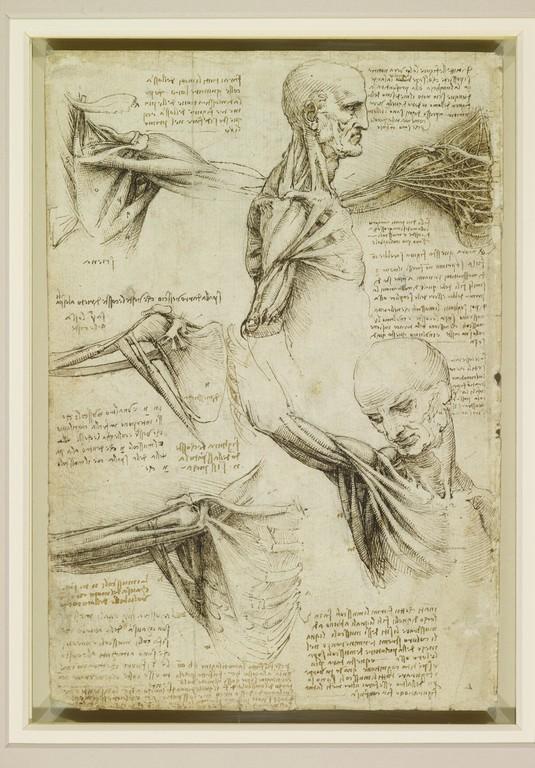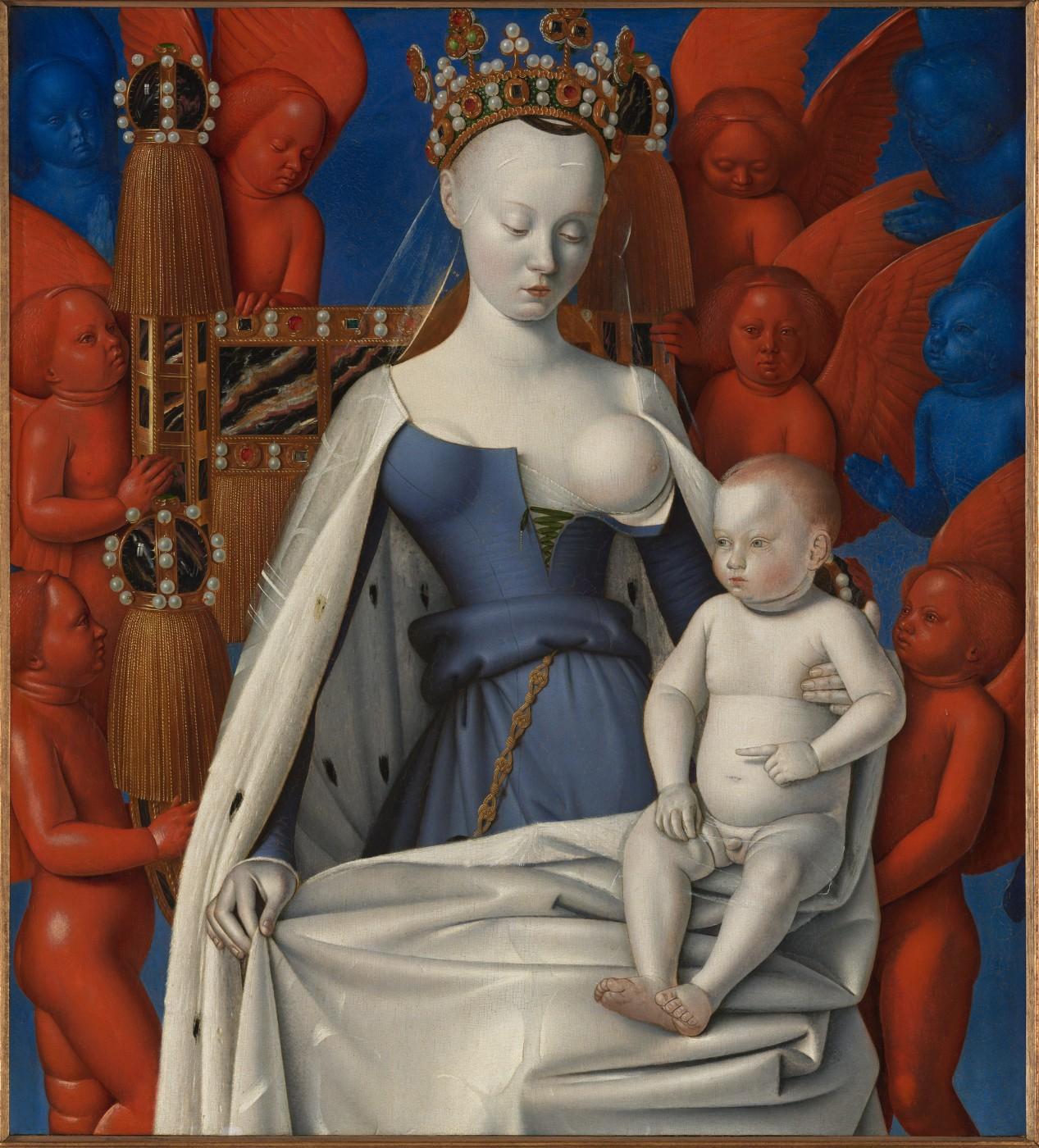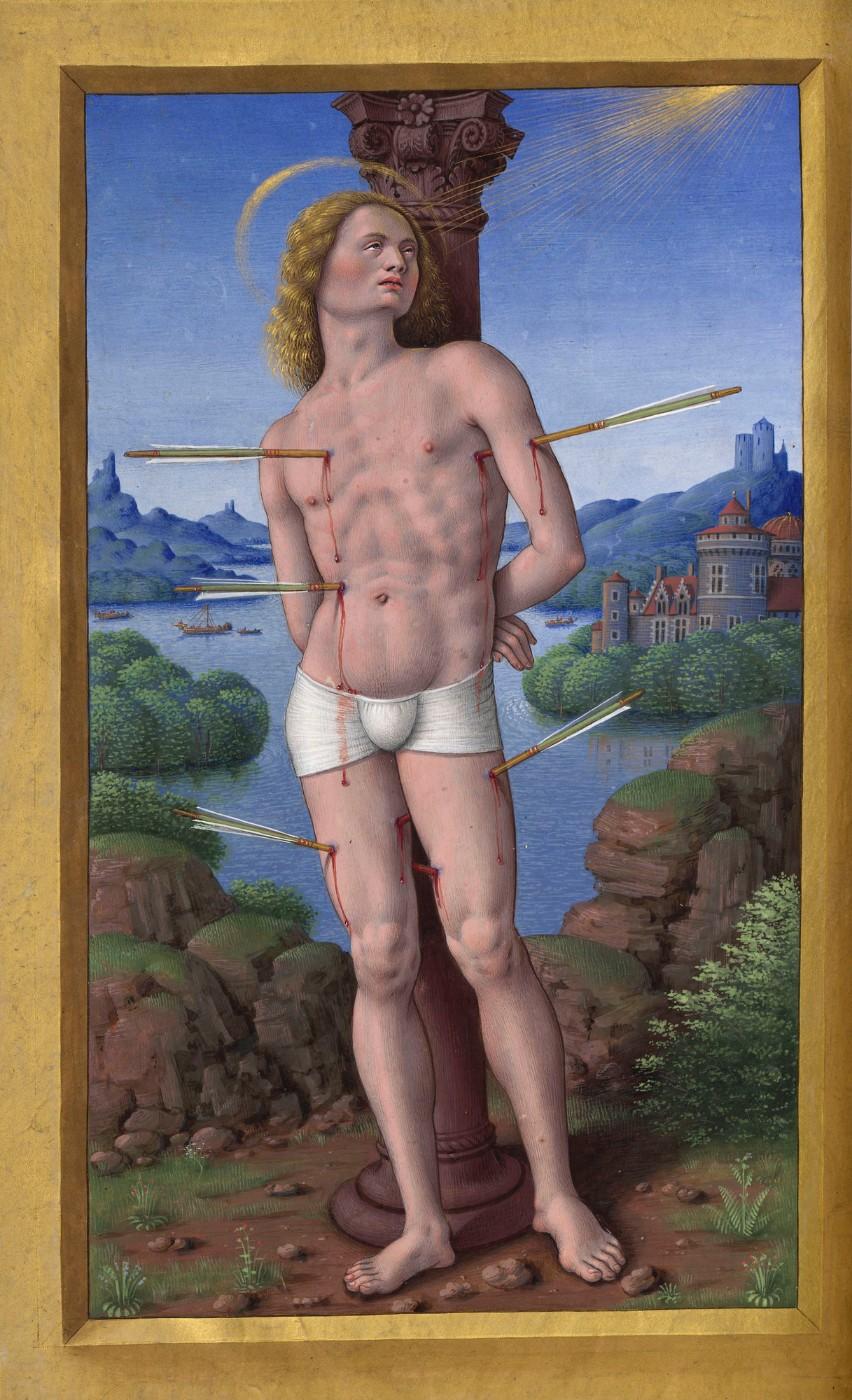“Since the Renaissance, the nude has a central preoccupation of European Art. Yet until now no museum has undertaken a comprehensive examination of where and how the nude obtained its pre-eminent place in art practice and history,” says Timothy Potts, director of the J. Paul Getty Museum. “In bringing together some of the greatest examples of Renaissance art from major European and American collections, the exhibition explores the various aspects of this enduring and captivating subject, allowing visitors an unprecedented opportunity to immerse themselves in one of Western art’s richest and most innovative traditions.”
Featuring more than 100 works in a variety of media, the exhibition casts its net widely. Painting and sculpture feature prominently, but so do drawings, illuminated manuscripts, and prints.
The exhibition looks not only at the centers most often associated with the Renaissance nude – such as Florence, Venice, Rome and Nuremberg – but also Paris, Bruges, and lesser known centers of northern Europe. Artists represented include Leonardo da Vinci (Italian, 1452-1519), Raphael (Italian, 1483-1520), Michelangelo (Italian, 1475-1564), Titian (Italian, 1487-1576), Giovanni Bellini (Italian, about 1431/1436 – 1516), Albrecht Dürer (German, 1471-1528), Lucas Cranach the Elder (German, 1472-1553), Jean Fouquet (French, born about 1415-1420, died before 1481), Jan Gossart (Netherlandish, about 1478-1532), Hans Memling (Netherlandish, about 1440-1494), and many others.
“In taking a broad view, this exhibition embraces the tremendous variety of nudes in the Renaissance across subjects, functions, media, and regions, tracing numerous strands of development, some familiar and enduring, some parallel but separate, and others short-lived but prophetic,” said lead exhibition curator Thomas Kren.
































